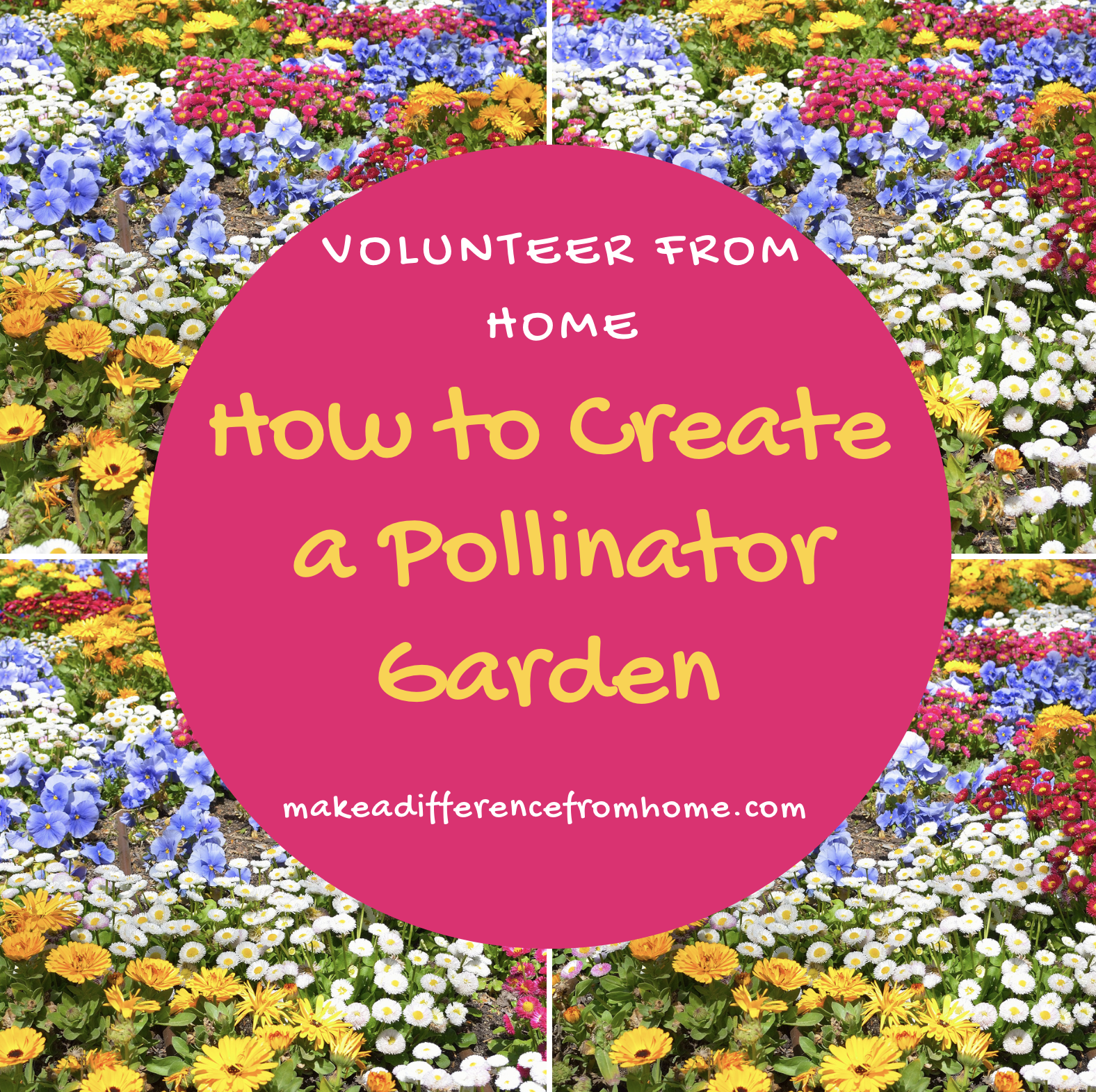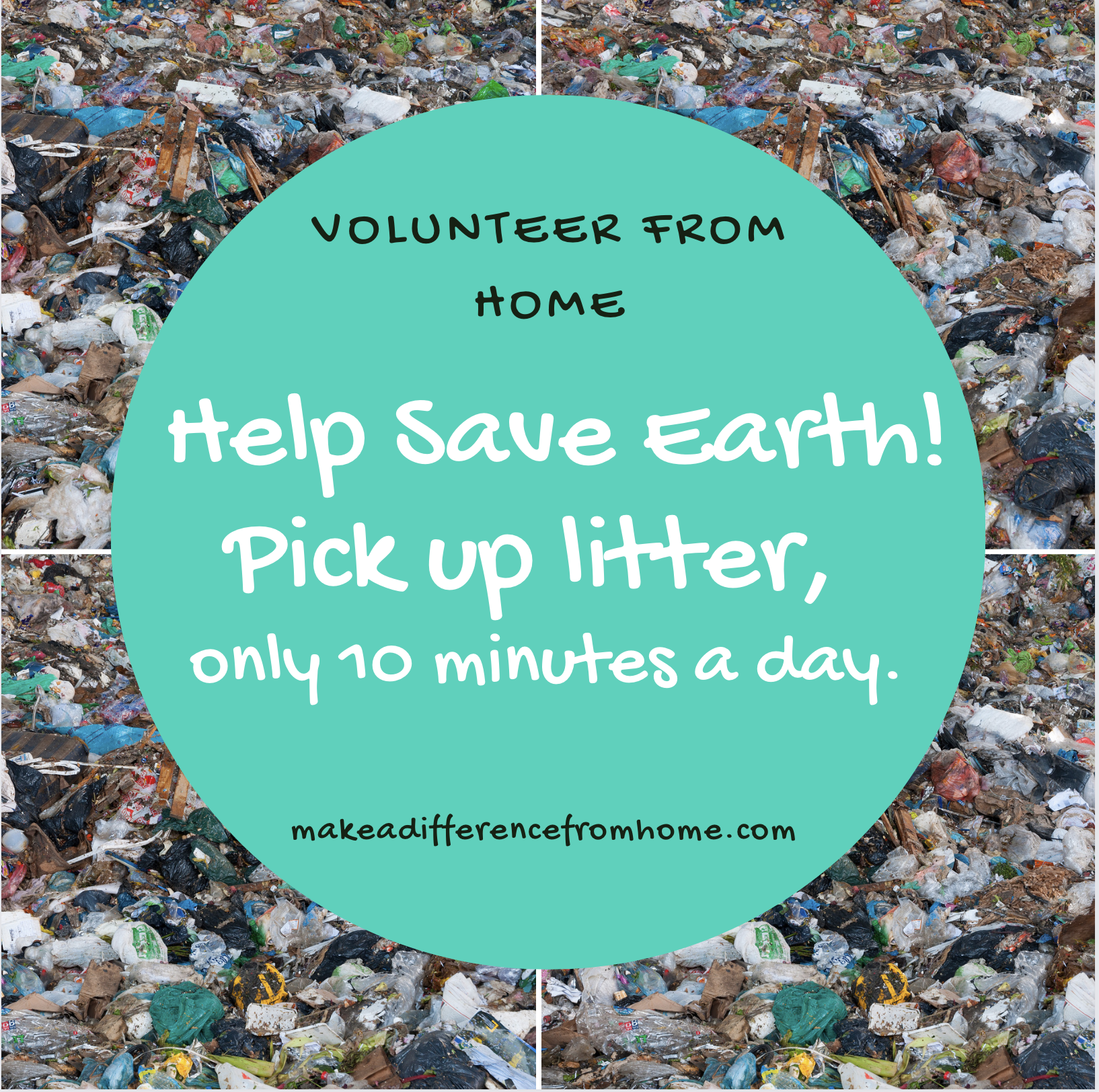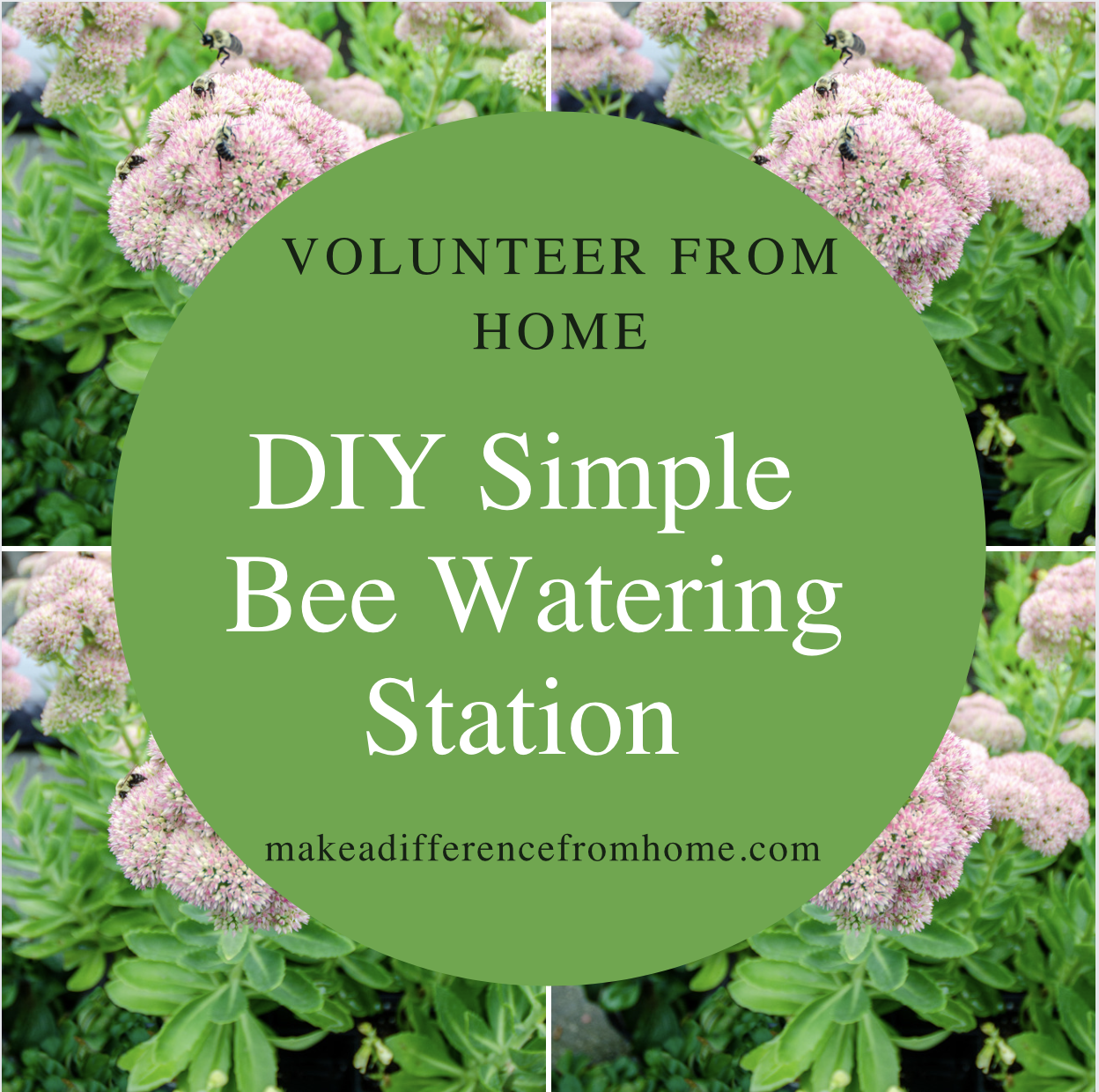In today’s fast-paced world, making a positive impact on the environment doesn’t always require significant efforts or large-scale initiatives. You can start making a difference right from the comfort of your own home by creating a pollinator-friendly garden. Not only will you enhance the beauty of your surroundings, but you will also provide a haven for essential pollinators such as bees, butterflies, and birds. It’s a give-back project the whole family can enjoy!
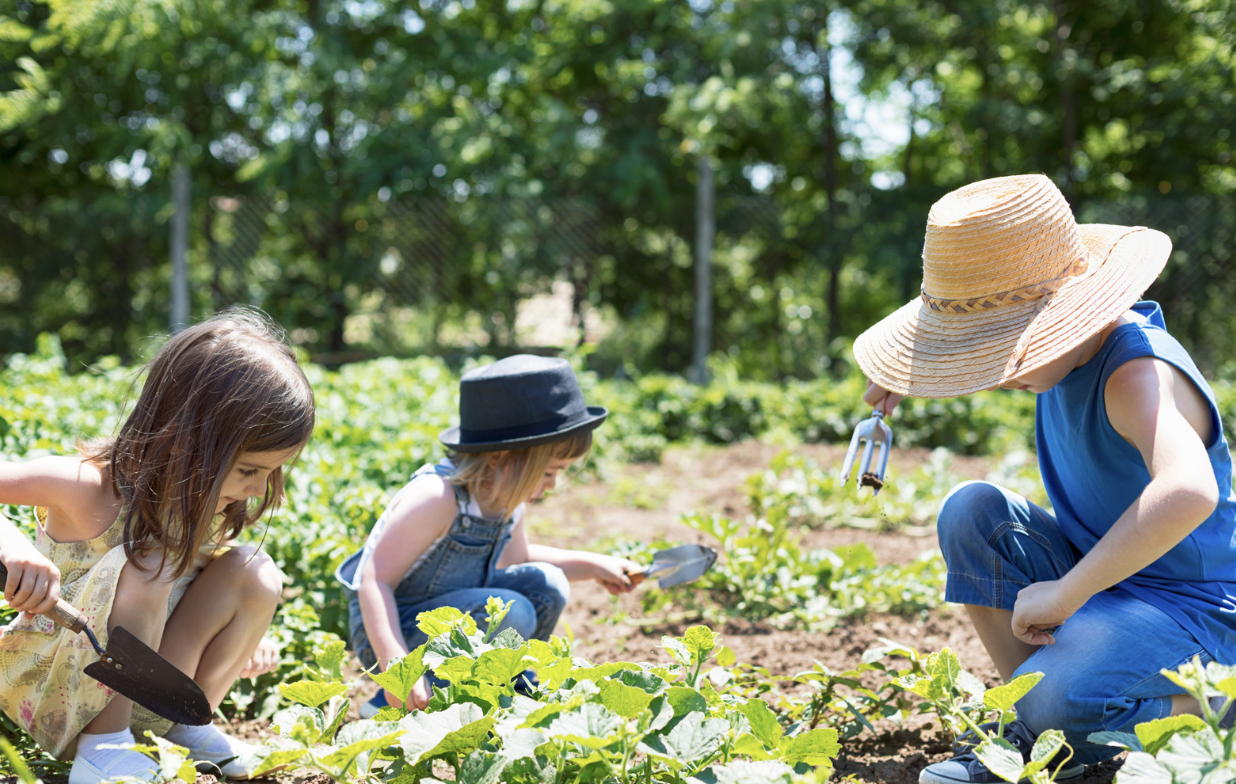
- Choose Native Plants:
One of the most crucial steps in creating a pollinator-friendly garden is selecting native plants. Native plants are well adapted to the local climate and provide nectar, pollen, and habitat for local pollinators. Research which native plant species are suitable for your region, considering factors like sunlight, soil type, and water availability. Incorporate a diverse range of flowers, herbs, shrubs, and trees to attract a variety of pollinators throughout the year.
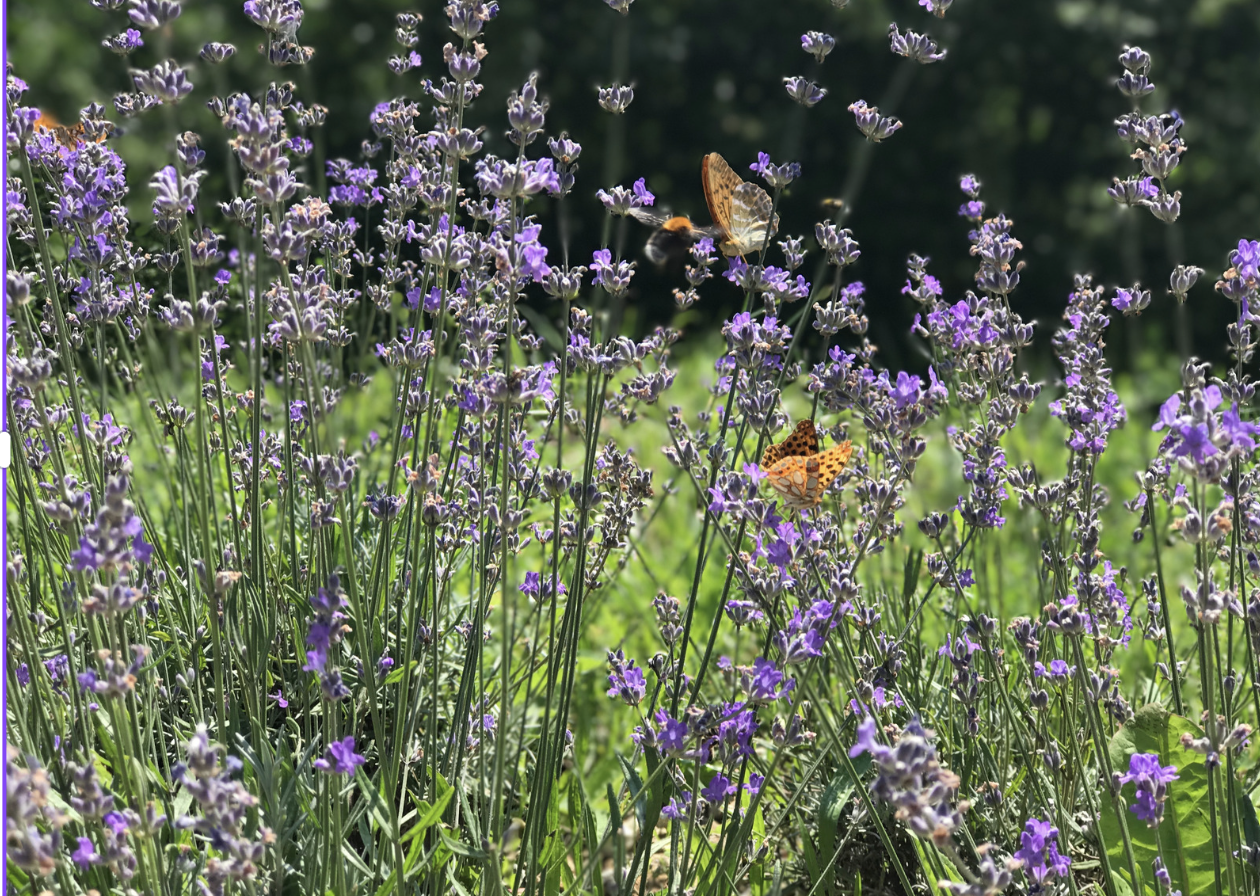
2. Provide Food and Water Sources:
To attract pollinators, your garden should offer an abundant supply of food and water. Incorporate a mix of plants that bloom at different times, ensuring a continuous nectar and pollen supply. Provide shallow water sources like birdbaths or small ponds with rocks for insects to land on. Avoid using pesticides or insecticides, as they can harm pollinators and disrupt the ecosystem.
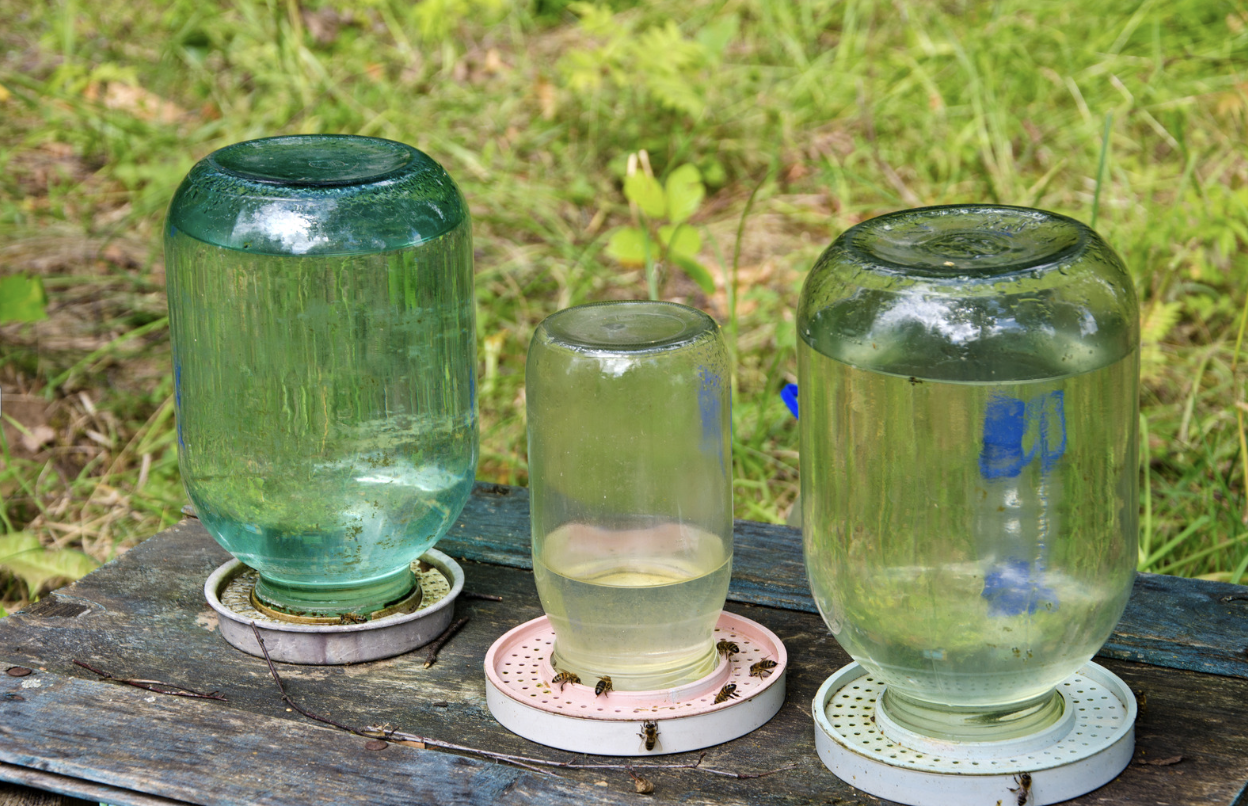
3. Create Shelter and Nesting Spots: Pollinators require shelter for nesting, protection from predators, and places to overwinter. Incorporate elements such as nesting boxes, dead wood or log piles, and tall grasses to provide nesting opportunities for bees and butterflies. Install birdhouses and bird feeders to attract birds that play a vital role in controlling insect populations.
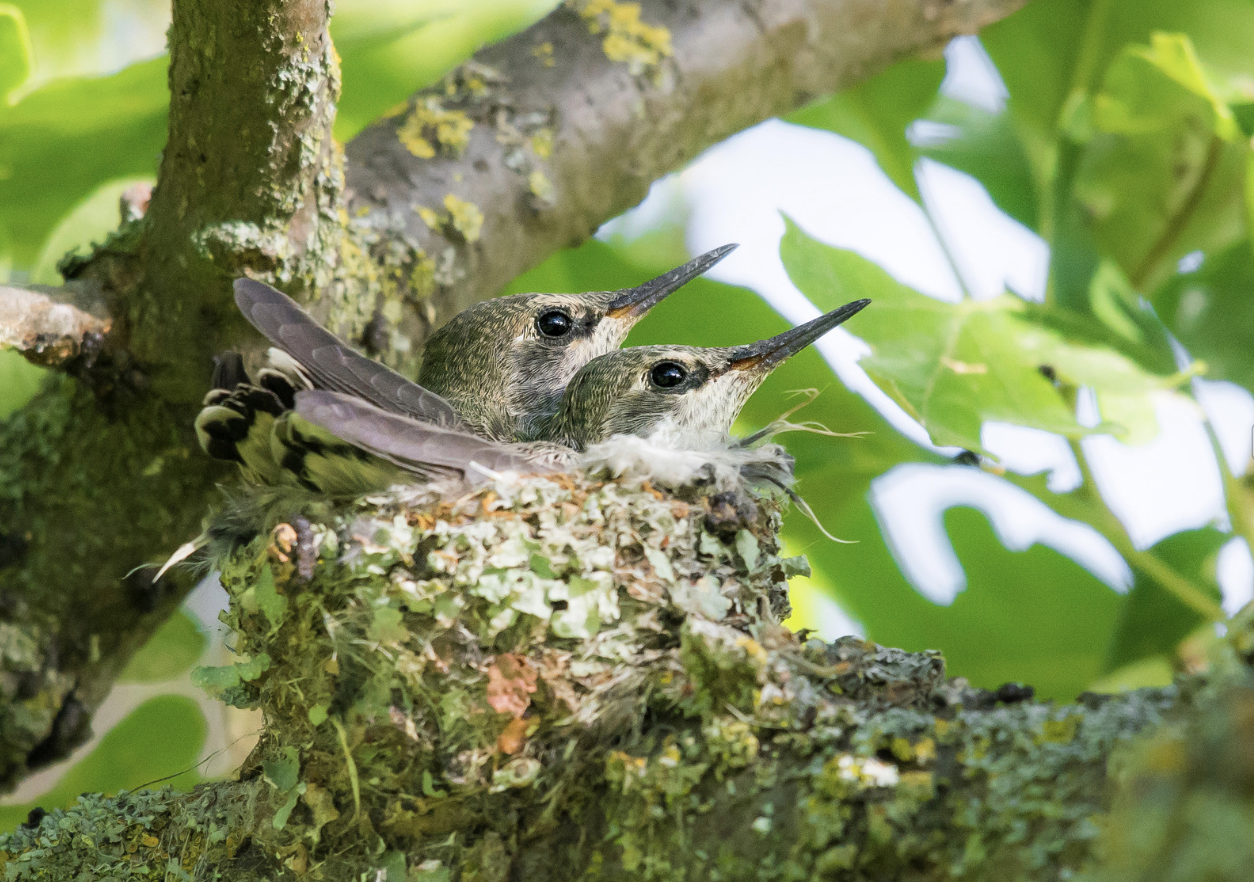
4. Avoid Chemicals and Embrace Organic Gardening: Chemical pesticides, herbicides, and fertilizers can be harmful to pollinators. Embrace organic gardening practices to create a safe environment for these beneficial creatures. Use natural pest control methods such as companion planting, crop rotation, and biological controls like ladybugs and nematodes. Compost organic matter to enrich the soil naturally.
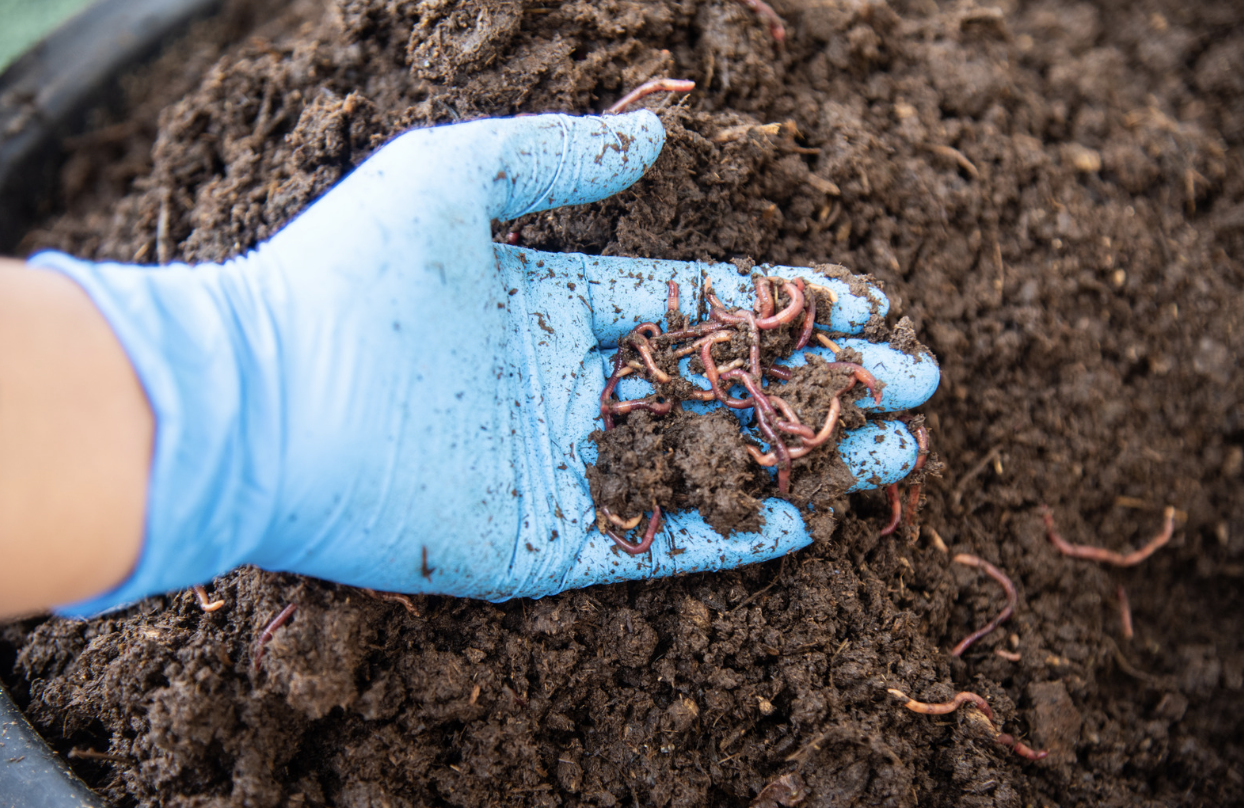
5. Educate and Inspire Others: Share your pollinator-friendly gardening journey with others to inspire and educate them. Write blog posts, create informative videos, or start a social media campaign to spread awareness about the importance of pollinators and the steps they can take to create their own pollinator-friendly gardens.

Creating a pollinator-friendly garden is a rewarding way to make a difference from the comfort of your home. By incorporating native plants, providing food and water sources, creating shelter, and embracing organic gardening practices, you can support essential pollinators while enhancing the beauty of your surroundings.
Share:
Please feel free to share pictures of your pollinator garden with us at https://www.facebook.com/smallactsbigchangeus.
Join Us:
If you would like to learn about more DIY volunteer from home projects like these, please subscribe to this page, Make a Difference From Home. This blog is hosted by Small Acts Big Change, a nonprofit organization helping people volunteer to change the world through kindness and service.
Group Opportunities:
Would you like to bring this project or another from Make a Difference From Home to a group you are involved with? Girl Scouts, Boy Scouts, schools, businesses, and other groups, please contact Carolyn at [email protected] for more information.
Thank you:
Thank you for helping spread happiness, kindness, and warmth throughout the world. <3


